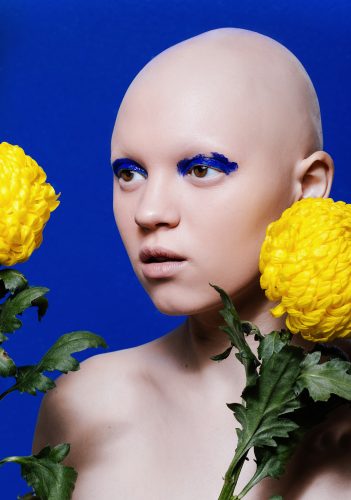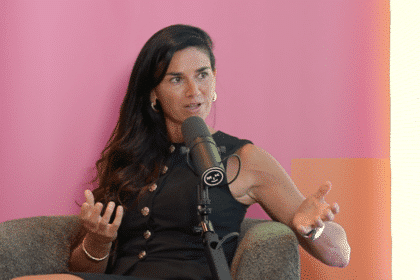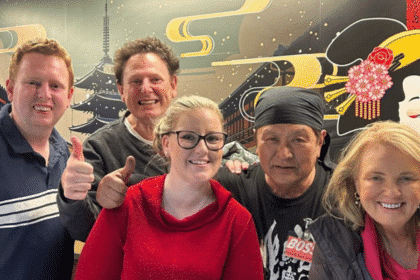There’s no denying the advertising and media landscape is moving towards a more diverse and inclusive environment.
However, as with anything, there’s always room to improve. Despite the fact inclusivity is a cultural movement that only helps brands grow, women and minorities remain underrepresented.
As the world begins to embrace all of the different humans that inhabit it, the media and advertising industry plays a crucial role in creating an authentic culture of inclusiveness, while also encouraging us to question what this really means. A big part of this shift includes redefining the meaning of gender because it has taken on a new meaning for many people. Below are some helpful tips to help you begin navigating this brave new world we’re entering and how you can help foster acceptance and inclusivity for all through your branding and messaging.
But first… what does gender mean in the current climate?
In the past, gender was a biological identification based on anatomy, ascribed at birth (or even in the womb). But as we have become more aware as a species, we have come to understand that exclusive male/female binaries based solely on anatomy are oversimplified identifications. These days, gender refers to a person’s internal sense of who they are as a gendered being — and remember, gender and biological sex are not the same thing.
An easy way to remember the difference between biological sex vs gender is by thinking of gender as what’s in your head and sex as what’s in your underwear. For example, when a person’s gender is the same as their biological sex, they are called cisgender, which is often shorted to cis. Transgender or trans for short is the name for people whose gender and biological sex are not the same.
Gender can be expressed through fashion, style, body language, behaviours etc. but the pronouns they identify with don’t always relate in the way many people automatically assume. For example, a person that dresses in male clothing but looks like a woman could be gender-neutral, but they could also identify as female, trans, androgynous, fluid etc. This means that gender assumptions have the potential to detrimental and harmful to people even when there is no malintent.
When working in media, advertising or marketing, it’s especially important to get pronouns right. For someone who physically and mentally identifies as a woman but continues to be called “he”, can be both hurtful and isolating. So how does one navigate the wonderful world of gender identity in 2020?
It’s OK to ask questions if you’re unsure
Exploring the emerging space of gender inclusivity can be challenging so if you’re ever unsure of what to do, just go neutral or simply ask. In any situation, you can default to the gender-neutral pronoun they when referring to a single person. If that feels awkward or presumptuous, it’s OK (and encouraged) to ask questions about pronoun preference.
For example, if you’re featuring someone in a TVC and need to caption a person in a photo or perhaps you’re writing a story and are unsure about the pronouns your subject uses – all you need to do is ask. In the LGBTQI+ community, asking and mentioning your pronouns while introducing yourself is pretty common and ensures that everyone is being addressed correctly. And those who identify outside of the gender binary will more than likely appreciate your awareness and acknowledgment that gender cannot always be observed from appearance alone.
Industry best practices
In the media, marketing and advertising industry, sometimes the gender of an individual in a photograph or video is not clear and the opportunity to ask what pronouns or titles they use is not an option. In this case, what should you do?
All you need to do is avoid using she/he in situations where it isn’t needed. You can easily replace she/he with them when talking about a person whose gender is irrelevant to the topic you are discussing.
Another really easy way to make people feel included is to practice using inclusive language to address groups. Rather than walking up to a crowd of people and saying “Hey ladies” or “Hello guys”, say “Hey: folks, people, everyone or, (most common in the tech world) humans.” Referring to groups of people in a way that doesn’t assume a particular gender is a great way to practice inclusivity and reinforce standards of equality.

So, how else can you begin to adopt more inclusive practices? By making sure you have well informed messaging, marketing and design. From being inclusive in the choice of language you use to the types of people you feature in your advertising or marketing, to the types of stock images you choose, the more you do it, the easier it will become.
The truth is nobody has all the answers but if you want to help create an authentic culture of inclusiveness in adland, you need to start somewhere— and you can start with using language and images that respect all humans and their right to be acknowledged as valued equals.
Looking for more LGBTQI+ friendly stock? Stocksy United has an abundance of gorgeous imagery. Find more beautiful humans here.












